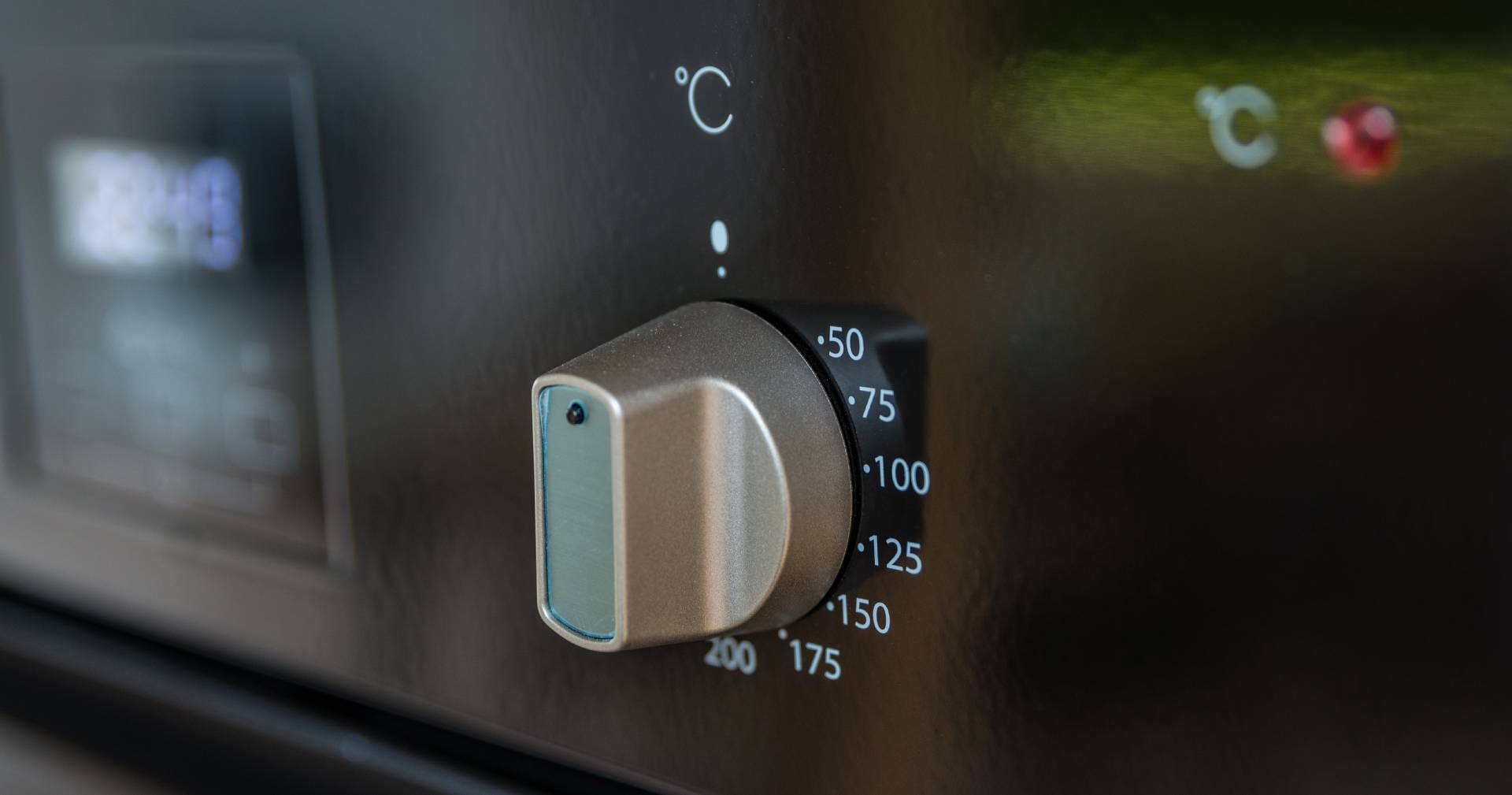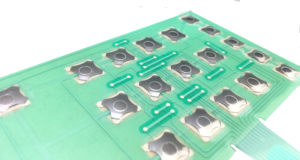A well-known membrane switch manufacturer delivers both prototyping and large-scale options.
A well-known membrane switch manufacturer delivers both prototyping and large-scale options.
Blog Article
All About Membrane Switch Over: Recognizing Its Style and Functionality
When you consider the control interfaces in contemporary gadgets, membrane layer buttons often enter your mind. These elements are much more than simply buttons; they mix style and functionality perfectly. Comprehending exactly how they function and what makes them effective can alter your point of view on daily electronics. However, there are subtleties to their style and performance that you could not know. Allow's discover what collections membrane layer changes besides other control systems.
What Are Membrane Layer Switches?

Their smooth nature makes them easy to clean and immune to dirt and dampness, a vital attribute in numerous environments. Membrane layer switches can additionally be personalized regarding form, size, and graphics, permitting makers to produce one-of-a-kind interfaces tailored to details products. And also, they're lightweight and slim, which assists in reducing the total mass of tools. Generally, membrane switches play a significant duty in improving user experience throughout a large array of applications.
Exactly How Membrane Switches Work
When you press a secret on a membrane layer button, it activates an uncomplicated yet efficient system. The leading layer, usually constructed from adaptable material, lowers onto a conductive layer below it. This activity bridges the void in between conductive traces, completing an electric circuit. As quickly as the circuit shuts, it sends out a signal to the tool's controller, which translates your input.
You'll observe that the responsive comments varies based on the switch design, supplying either a soft click or a more noticable action. When you release the key, the membrane returns to its initial placement, resuming the circuit and quiting the signal. This procedure happens practically instantly, making sure a receptive customer experience.
Membrane layer switches are prominent as a result of their toughness and resistance to dirt and wetness, making them suitable for various applications, from house home appliances to medical gadgets. Understanding this operation helps you appreciate their widespread usage.
Key Elements of Membrane Switches
Comprehending the vital components of membrane buttons is essential for understanding their functionality and design. At the core, you'll discover the graphic overlay, which provides the visual user interface for individuals. Under that, there's a spacer layer that divides the circuit layers, guaranteeing that they don't make call up until pressed. The circuit layer is where the magic takes place; it is composed of conductive traces that finish the circuit when you push the switch. One more crucial component is the glue support, allowing the switch to abide by surface areas safely. The protective layer guards versus ecological factors and put on, extending the button's life-span. Each part plays a considerable duty in guaranteeing trusted performance and customer interaction. By understanding these components, you'll obtain insight into how membrane switches over operate and their importance in different applications.
Materials Made Use Of in Membrane Switch Over Layout
The efficiency and longevity of membrane switches greatly depend on the products utilized in their layout. You usually run into polyester and polycarbonate as primary substratums due to their excellent stamina and versatility. These products resist scratches and chemicals, making them suitable for requiring environments.
The conductive layers frequently utilize silver or carbon, selected for their dependability and conductivity. membrane switch manufacturer. Silver offers superior efficiency, while carbon is an affordable choice. For the overlay, you may think about a matte or shiny coating, depending on your aesthetic demands and customer experience
Make certain to choose adhesives that endure environmental elements like temperature level and humidity. Picking the ideal materials will assure your membrane button stands the test of time.
Style Considerations for Membrane Layer Switches
While creating membrane layer switches, it's crucial to think about numerous aspects that affect their performance Learn More and customer experience. Beginning by focusing on the format and button size; ensure they're instinctive and easy to navigate. Take into consideration the responsive comments you wish to provide-- will individuals require a visible click or a softer touch? In addition, think of the products you'll use, as they'll affect resilience and visual appeals.
Confirm your layout suits environmental variables, like wetness or temperature level variants, which might affect performance. By carefully thinking about these elements, you'll create a membrane layer switch that improves use and satisfaction.
Applications of Membrane Layer Buttons
Membrane switches are flexible components found in numerous applications, from industrial equipment to customer electronic devices. You'll see their impact in machines that require durable user interfaces and in gadgets that profit from sleek designs. Understanding these applications helps you appreciate the functionality and functionality of membrane layer switches in everyday technology.
Industrial Tools Usage
When you're looking to boost the performance of industrial devices, membrane layer switches offer a reputable solution that integrates durability with straightforward style. These switches are excellent for severe settings, offering resistance to dirt, wetness, and chemicals. Accept membrane layer buttons to improve your procedures and improve overall efficiency.
Customer Electronics Combination
In the domain name of consumer electronic devices, membrane layer buttons play a necessary function in enhancing customer communication and tool performance. Membrane layer buttons likewise ensure toughness and resistance to dirt and moisture, prolonging the life expectancy of your electronics. By choosing membrane buttons, you enhance not simply the functionality however likewise the style of your gadgets, making everyday interactions smooth and enjoyable.
Benefits and Negative Aspects of Membrane Layer Switches
While membrane layer switches provide an array of advantages, they additionally come with some drawbacks that you should take into consideration. One considerable advantage is their small layout, making them excellent for space-constrained applications.

Nonetheless, there are negative aspects. Membrane layer buttons can have a much shorter life-span compared to mechanical buttons, specifically under heavy use. They can also be less tactile, which might impact individual responses during operation. If damaged, fixing them can be tough and typically requires full replacement. Inevitably, their sensitivity to extreme temperatures and environmental conditions may limit their efficiency in particular setups. Balancing these benefits and drawbacks will certainly help you figure out if membrane layer buttons are the right fit for your task.
Regularly Asked Inquiries
The Length Of Time Do Membrane Layer Switches Usually Last?
Membrane changes generally last in between 5 to 10 years, depending on usage and ecological conditions. You'll wish to assess factors like wear, exposure to dampness, and temperature changes to determine their long life efficiently.
Can Membrane Switches Be Customized for Details Layouts?
Yes, you can customize membrane layer switches to fit specific layouts (membrane switch manufacturer). You'll have the flexibility to pick colors, shapes, and layouts that match your job's needs, ensuring they mix seamlessly with your total visual
What Is the Cost Range for Membrane Layer Change Production?
The cost variety for membrane layer button manufacturing typically drops between $1 and $10 per device, depending on aspects like layout complexity, amount, and products. You can obtain quotes from suppliers to discover the best alternative.

Are Membrane Layer Changes Waterproof or Immune?
Membrane layer switches can be designed to linked here be water-proof or immune, depending on products made use of and construction methods. If you require them for damp environments, assure you specify those demands during the style procedure.
Exactly How Do Membrane Changes Contrast to Traditional Switches?
Membrane buttons are normally thinner and much more adaptable than standard buttons, supplying a streamlined layout. They're usually less complicated to discover this info here cleanse and integrate, however may not offer the tactile responses you're used to with mechanical choices.
Conclusion

Report this page